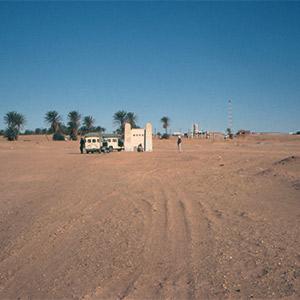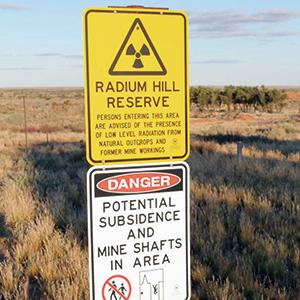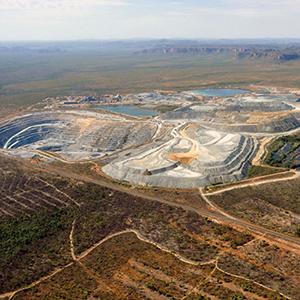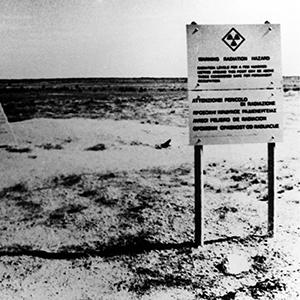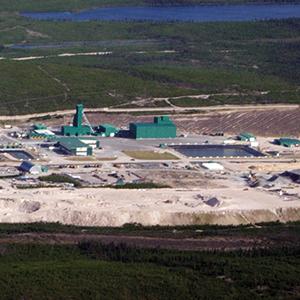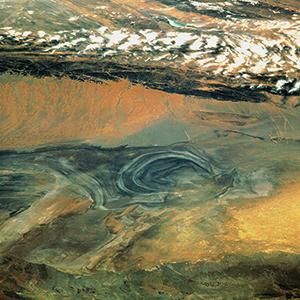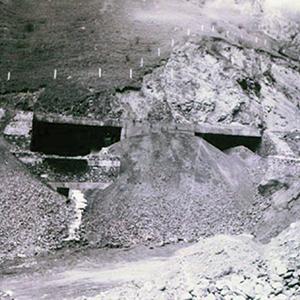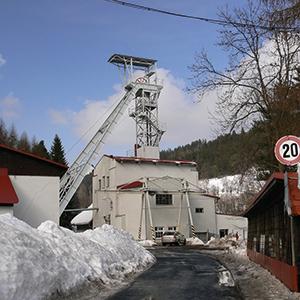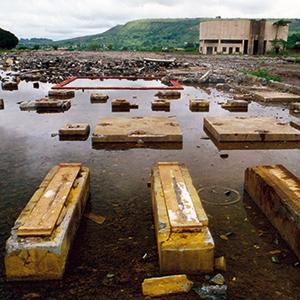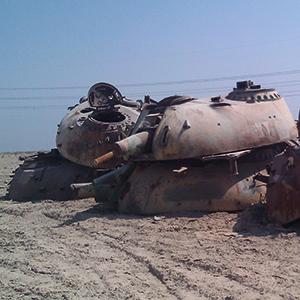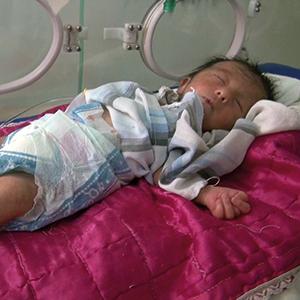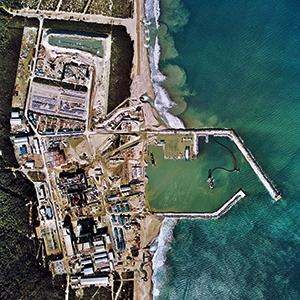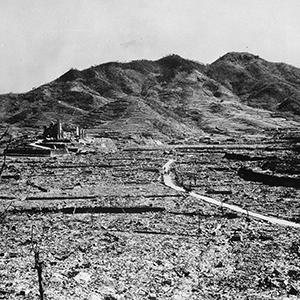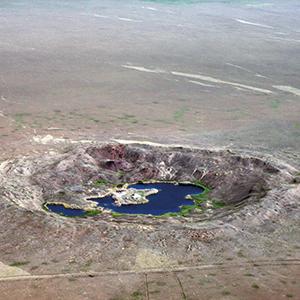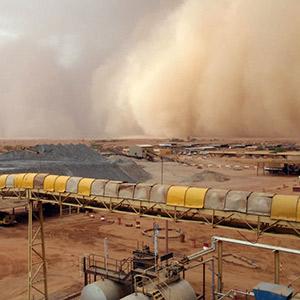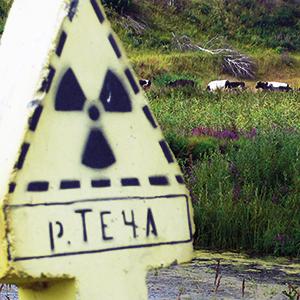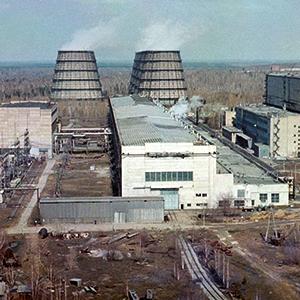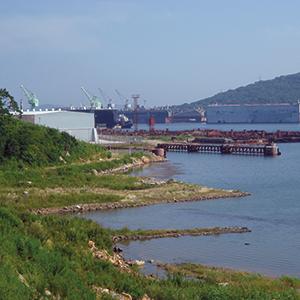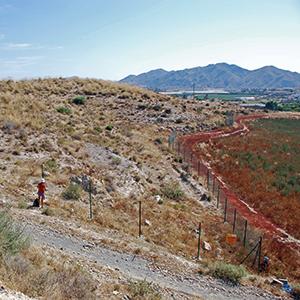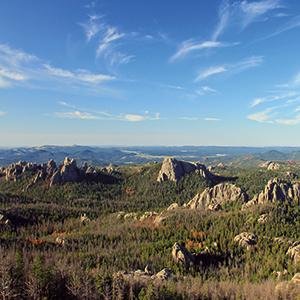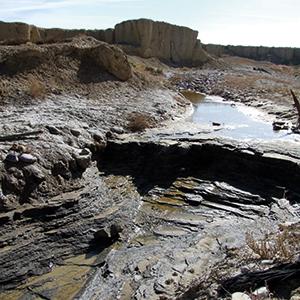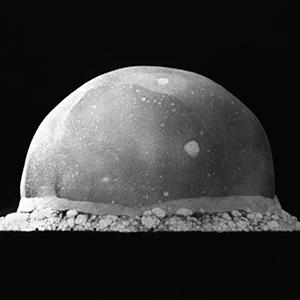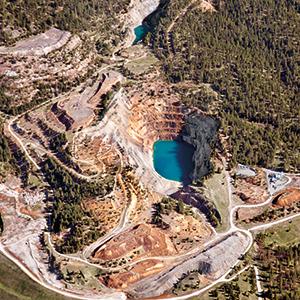Novaya Zemlya, Russia

From 1954 to 1990, the islands of Novaya Zemlya were used by the Soviets to conduct atmospheric and underground nuclear tests. Decommissioned nuclear weapons and nuclear submarines were also scuttled around the islands, turning the entire region into an environmental disaster zone.
Photo: Radioactively contaminated lichen causes high strontium levels in reindeer, which are a dietary mainstay of the local Nenets and Sami populations. © TOYOSAKI Hiromitsu
History
In July 1954, the two islands of Novaya Zemlya (“New Land”) on the Russian Arctic coast were designated a nuclear weapons test site. The indigenous Nenets population was forcibly resettled and the islands were divided into different testing zones. Between 1955 and 1990, Novaya Zemlya was the site of 130 nuclear detonations, including the “Tsar Bomba,” the biggest nuclear device ever detonated, with 50 megatons of TNT equivalent, almost 4,000 times more powerful than the Hiroshima bomb. The “Tsar Bomba” detonation caused severe destruction of the island within a radius of about 100 km and spread nuclear fallout all over the Northern Hemisphere.
In addition, the practice of dumping nuclear waste around the islands contributed greatly to the current environmental catastrophe around Novaya Zemlya. Together with fallout from nuclear weapons testing and the continuous discharge of nuclear waste from the reprocessing plants at La Hague and Sellafield, nuclear waste dumped near Novaya Zemlya added to the radioactive contamination of the North Sea and Arctic Ocean. Thirteen decrepit nuclear reactors, along with spent fuel from nuclear submarines with a total radioactivity of 37 Peta-Becquerel (Peta = quadrillion), were dumped along the coast of Novaya Zemlya and into the Barents and Kara seas. Two of the most contaminated sites on Novaya Zemlya are the Abrosimov and Stepovogo Fjords in the southern part of the island.
Health and environmental effects
Scientific expeditions found increased levels of cesium-137, strontium-90, cobalt-60, and plutonium-239 and -241 in sediments close to the fjords, which were used as radioactive waste dumps. A 1992 Russian study found that in 67–72 % of all underground tests, radioactive gas had leaked through in the rock formation. Together with fallout from atmospheric nuclear testing, radioactive gases from underground leaks resulted in increased levels of radiation across Europe, most notably in Finland, where radioactive iodine-131 was measured in concentrations of up to 5 mBq/m³, and in Norway, with cases of radioactively contaminated milk and iodine-131 concentrations of up to 1.37 megabecquerel (mBq/m³ Mega = million). Iodine-131 is a known cause of thyroid cancer, especially in children.
The indigenous population of the region around Novaya Zemlya received even higher radiation doses. Most notably affected by radiation exposure were the semi-nomadic Sami people of the Arctic region and the former inhabitants of Novaya Zemlya, the Nenets people. The Vepsians, Karelians and Komi people, living along the Northern Russian coast, however, were also affected. Radioactively contaminated lichen caused high strontium levels in reindeer, which are a mainstay of the local diet. As was the case with other indigenous populations affected by fallout and radioactive contamination, no epidemiological studies were ever performed to assess health effects on the people living around Novaya Zemlya.
Outlook
As Norway is only 900 km away from Novaya Zemlya, the Norwegian government is very concerned about the radioactive waste catastrophe taking place on and around the islands. The Barents Sea, which is important for Norway’s fishing industry, has been severely polluted by radioactive fallout from Novaya Zemlya and is in constant danger of being further contaminated by leaking radioactive waste dumps, submerged spent nuclear fuel rods, nuclear submarine wrecks, dumped nuclear reactors and radioactive waste from bases and naval yards. Monitoring and management of the huge region affected by nuclear pollution has become an international responsibility, yet little has been done to contain this danger up to now, let alone investigate the long-term health effects on the local population. They, too, are casualties of nuclear weapons – they, too, are Hibakusha.
References
- “The Soviet Union’s Nuclear Testing Program.” Website of the Comprehensive Test Ban Treaty Organization CTBTO, http://ctbto.org/nuclear-testing/the-effects-of-nuclear-testing/the-soviet-unionsnuclear-testing-programme/
- Bøhmer et al. “The Arctic Nuclear Challenge.” Bellona Report Volume 3, 2001. http://bellona.org/assets/sites/6/The_Arctic_Nuclear_Challenge.pdf
- Koivisto K. “Nuclear Waste Storage Facility on Novaya Zemlya.” Helsinki Hufvudstads bladet, April 1, 1997. www.fas.org/news/russia/1997/drsov04021997000220.htm
- Matzko JR. “Physical Environment of the Underground Nuclear Test Site on Novaya Zemlya, Russia.” U.S.-Department of the Interior, Geological Survey, 1993. http://pubs.usgs.gov/of/1993/0501/report.pdf
- “Indigenous People and the Nuclear Age – USSR.” Critical Will







